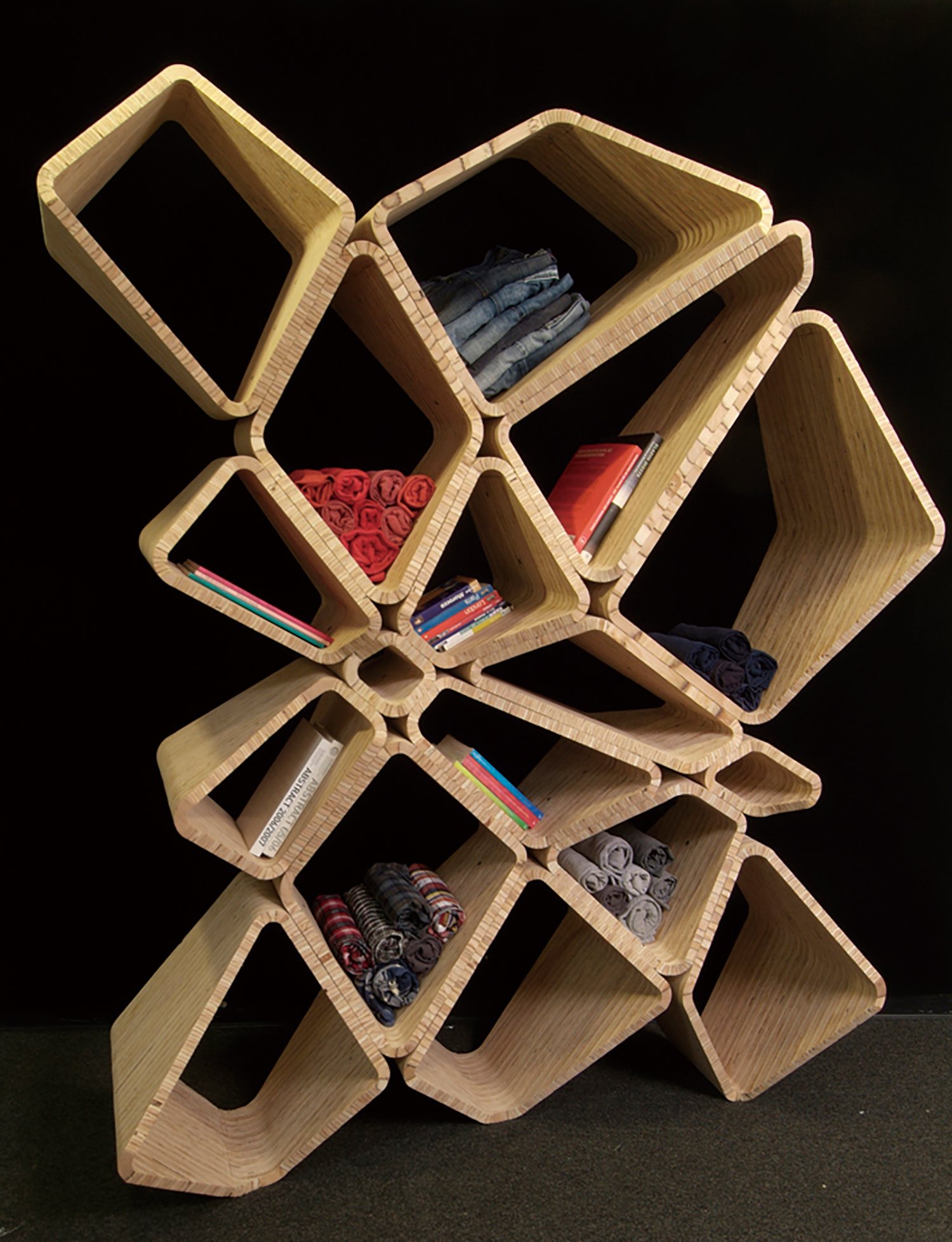SPACE November 2025 (No. 696)

SoftShelf (In collaboration with Brian Brush, 2008) ©Lee Hokyung
In architectural education and practice in Korea, reading the context of a site and responding to it is regarded as an absolute. Any attempt to express formal intentions too overtly invites harsh criticism. Efficiency and economy firmly support the foundation, while layers of external constraints – historical, cultural, social conditions, as well as regulations and structural requirements – accumulate above. Only the ‘mass’ refined through a faithful reflection on these aspects throughout the design process is acknowledged as architecturally legitimate. This attitude is valid to some extent, as it understands architecture as a social product, however it simultaneously restricts the potential for new experimentation. That said, not all architecture must operate in this way. Architecture can also emerge autonomously, governed by its own internal logic and order rather than subordinated to external conditions. This is not a denial of context but an attempt to reconsider the generative principles of architecture beyond the given framework. Such an approach may at times appear unfamiliar or inefficient, yet it is precisely within these uneven attempts that new possibilities arise. Architecture that departs from familiar conventions is often regarded as strange, but the solidity that gives form to this strangeness enhances the completeness of the experiment and deepens the nuance of a work of architecture.
A series of works emerging from this line of inquiry can be categorised into five design approaches: computational thinking, fabrication techniques, process, materiality, and the exploration of tradition. Each addresses different layers, yet they ultimately meet as a single system of thought. Together, they expand architecture from a response to external demands into an act of reorganising the world through its own internal structure.






